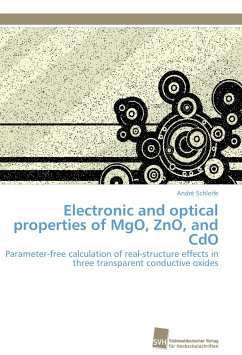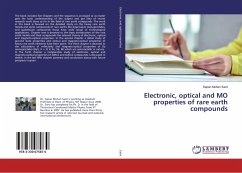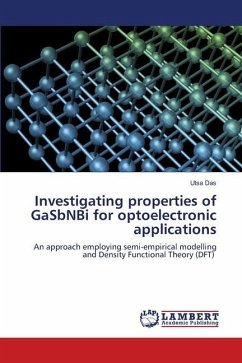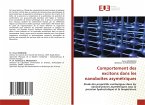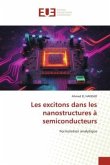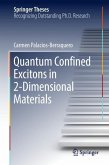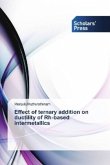Nowadays, challenging parameter-free studies within computational condensed-matter physics facilitate the rapid progress of semiconductor technology towards computer-aided materials design. Theoretical-spectroscopy techniques provide insight into electronic excitations, dealing with the many-body aspect arising due to the involved electron-electron interaction. In this work, such numerical approaches are further developed and applied to the transparent conductive oxides MgO, ZnO, and CdO. These materials are important for transparent-oxide electronics, e.g., photovoltaics. Electronic properties are calculated within Hedin's GW approximation, yielding band structures, densities of states, spin-orbit splittings, effective band masses, and natural band discontinuities. The optical properties are computed by solving a Bethe-Salpeter equation for the polarization function, leading to the complex dielectric function including excitonic and local-field effects. A special focus lies on several imperfections that affect these properties: Uniaxial and biaxial strain, iso- and heterostructural alloys, the oxygen vacancy in MgO, and the effects due to free electrons in heavily doped ZnO.
Bitte wählen Sie Ihr Anliegen aus.
Rechnungen
Retourenschein anfordern
Bestellstatus
Storno

